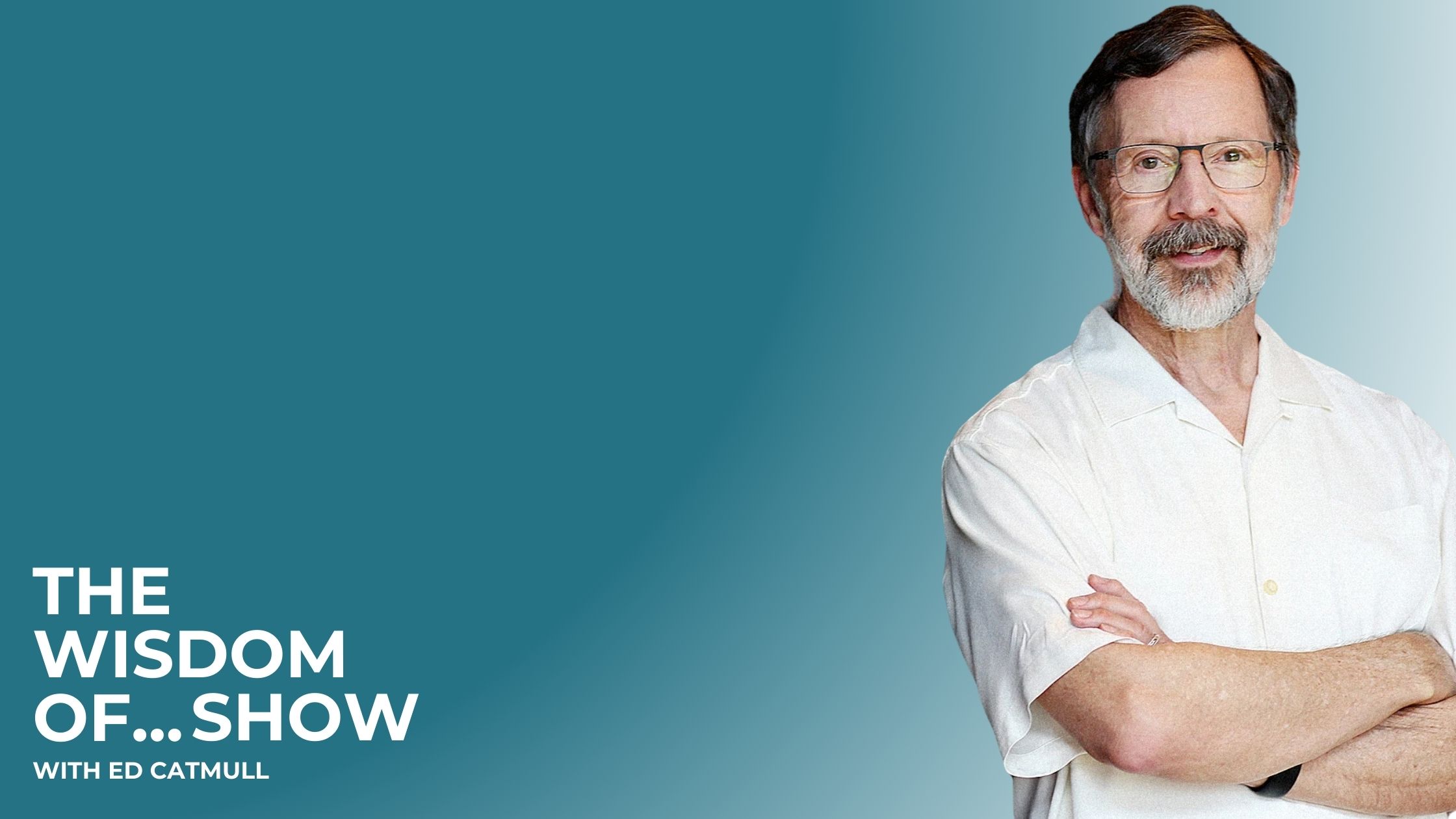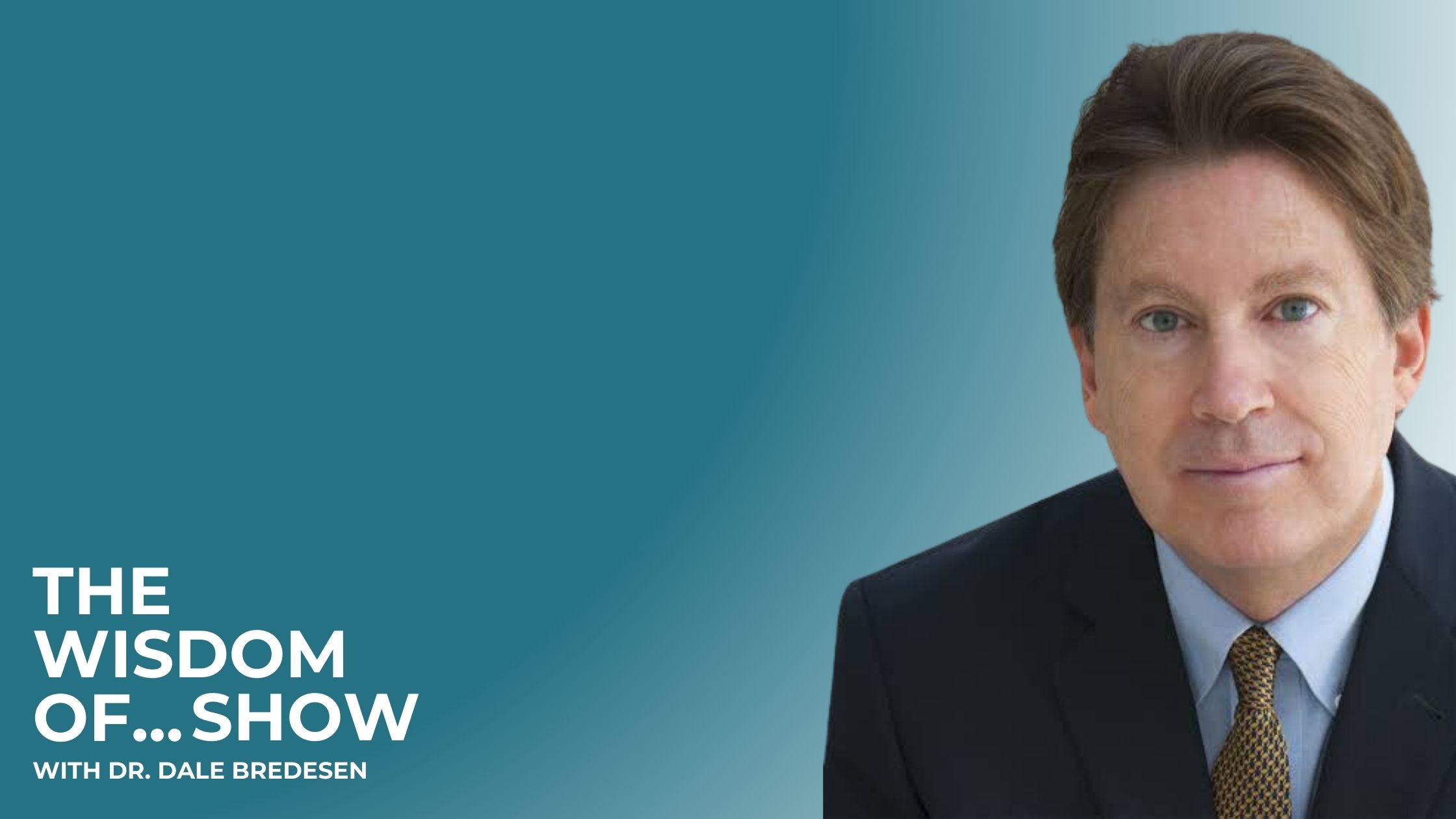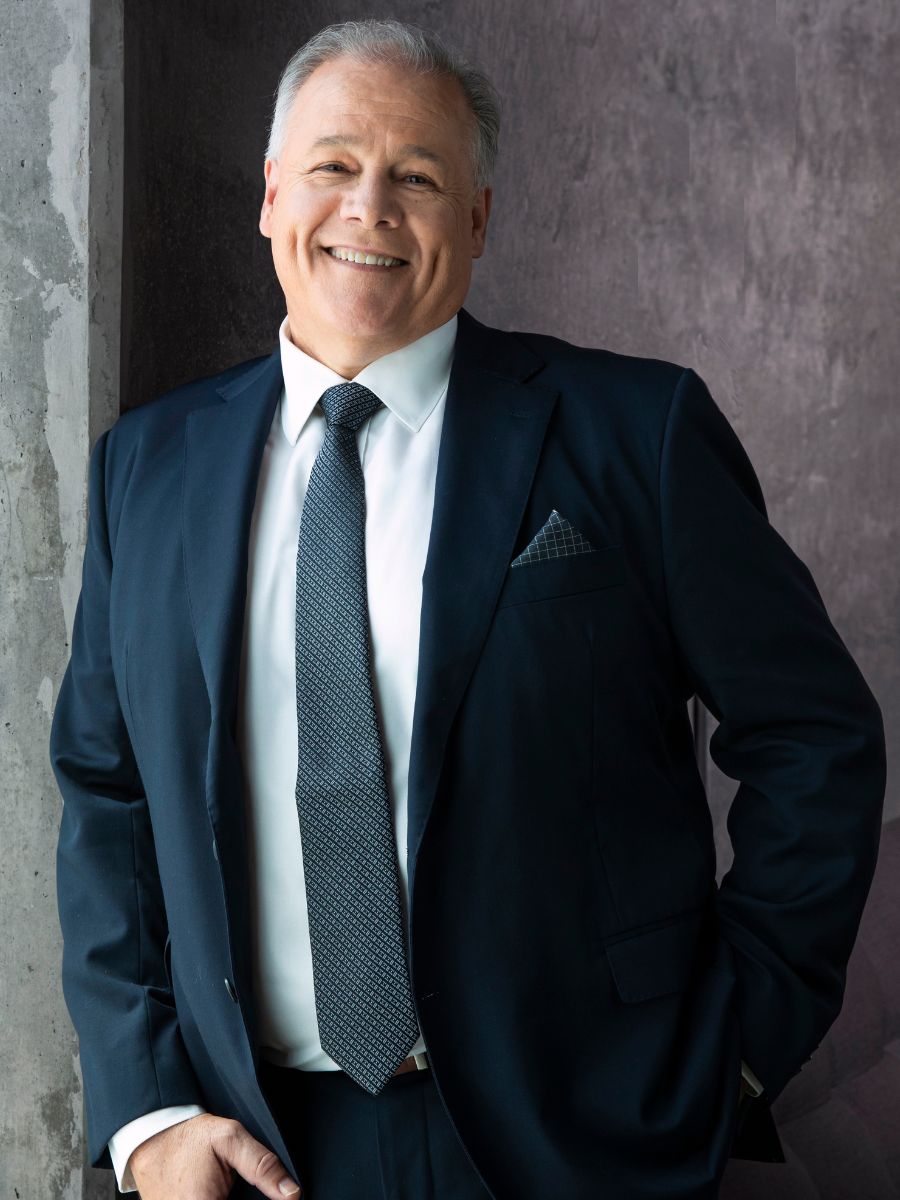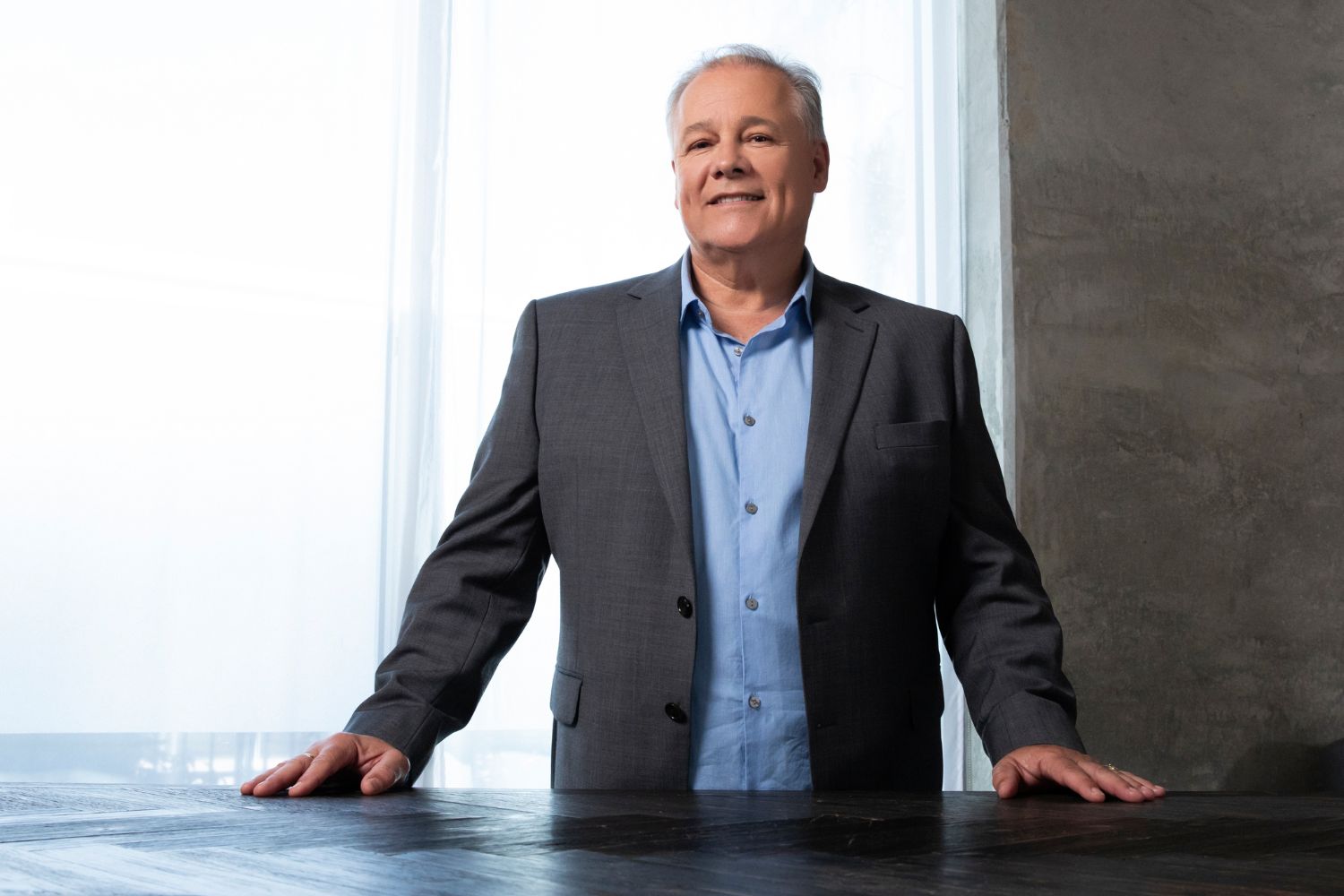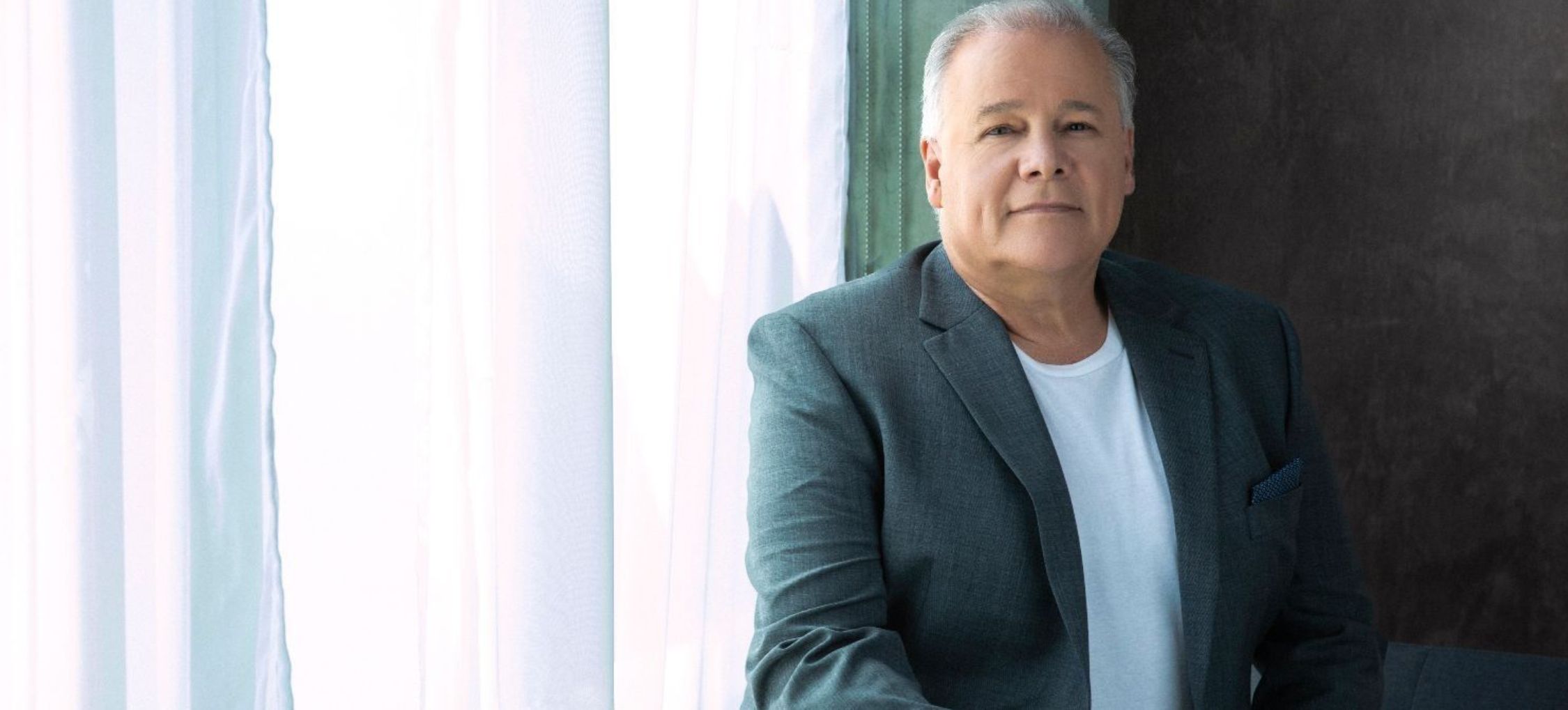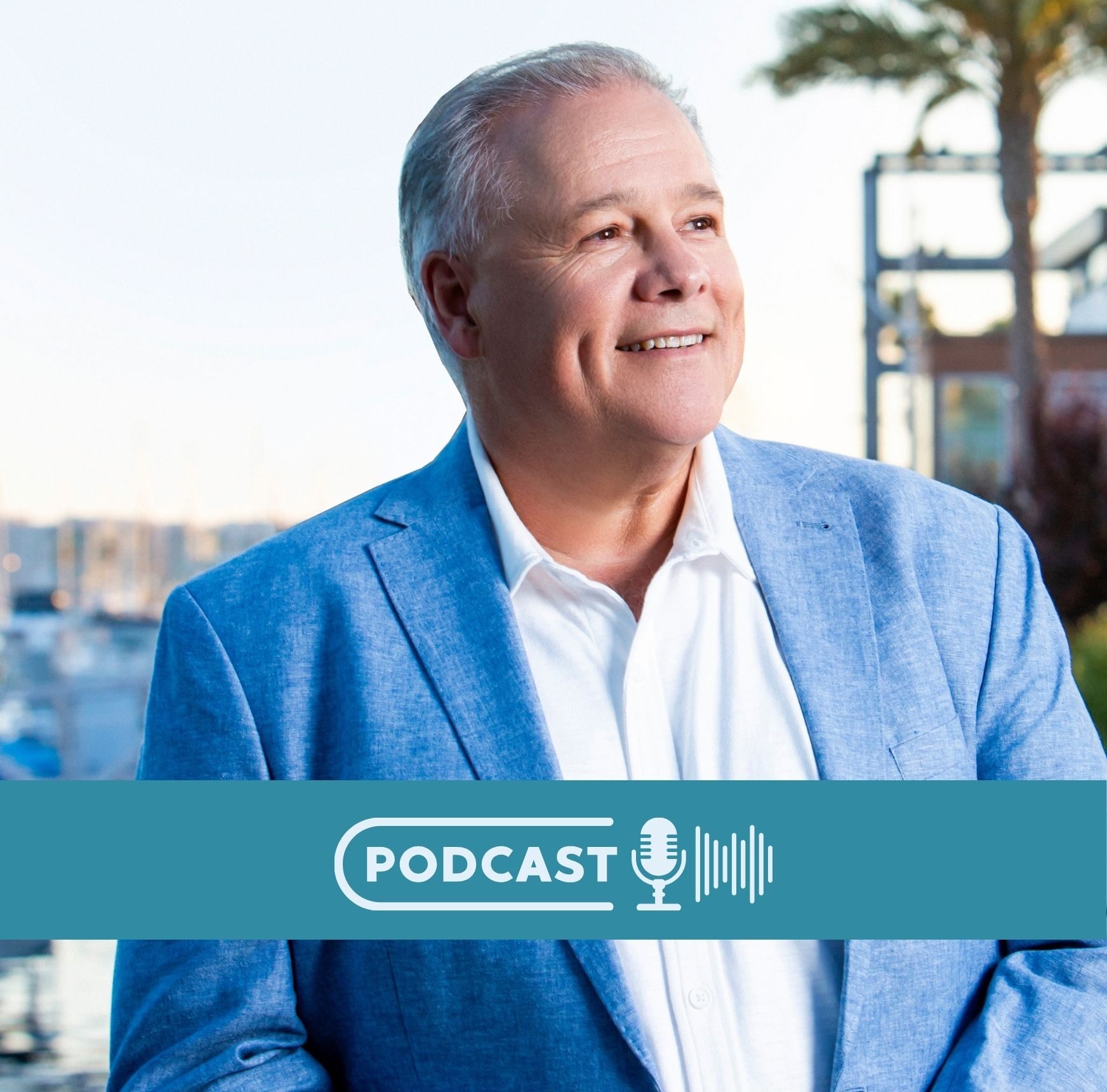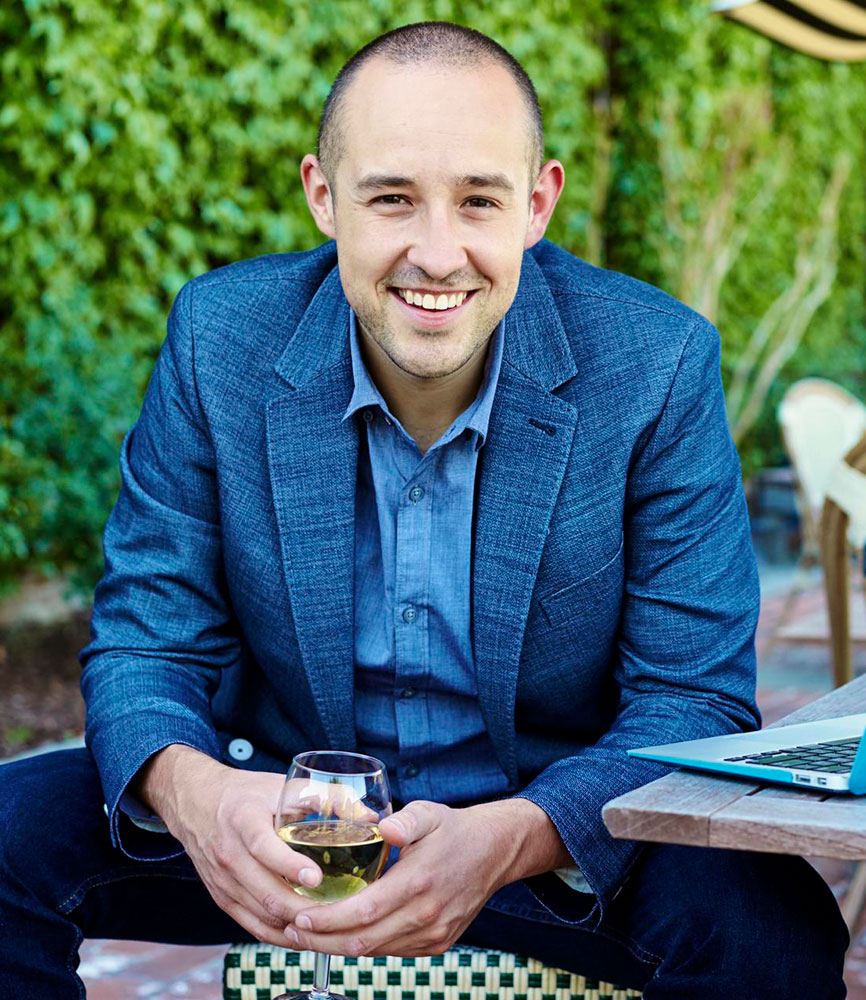When Adrian DiMarco founded TechnologyOne in 1987 from a demountable office positioned in front of a hides processing plant, he wasn’t dreaming of creating Australia’s largest enterprise software company.
“I always said to my wife, if we could have 20 people, and we could just have a nice living, you know, pay off the mortgage, and send the kids just to a nice local school and have the occasional holiday, that would be nirvana for me,” Adrian revealed during our conversation on The Wisdom Of… Show.
Today, TechnologyOne stands as a $10 billion enterprise with over 1,600 staff. The journey from that humble demountable to global technology leader offers profound wisdom for leaders navigating today’s hyper-growth startup culture.
The Patience Principle: Building Without Rushing
Perhaps the most counterintuitive insight from Adrian’s journey is his perspective on time and capital. In an era where startups chase unicorn status through aggressive funding rounds, Adrian took a fundamentally different approach.
“More money doesn’t make you more successful. More money actually creates more problems,” Adrian explained. “I think it’s about being very efficient in your use of capital because it does come at a huge price, which is the equity dilution, but also it comes with the other price, which is you add more people and you try to scale before you’re ready to scale.”
This patience-centered philosophy extends beyond capital to growth itself. As Adrian noted, “If you are growing at, let’s say, 50% a year, you are doubling every 18 months… don’t be greedy, build the business around yourself, around your personality type, around where you are comfortable.”
The Leadership-Management Distinction
One of the most clarifying moments in our conversation came when Adrian articulated the fundamental difference between leadership and management—a distinction that shaped TechnologyOne’s evolution.
“Leadership is saying ‘this is the direction and I have the people, the talent, the belief, the creativity to find how to get there.’ And we will find a way to get there,” Adrian explained. “Managers say, ‘look, we need to go and plan and schedule and we need to spend six to 12 months to work all that out.’ You can’t build great companies doing that.”
This insight led to a revolutionary organizational structure at TechnologyOne. Every 10-12 years, they would effectively split the company in two:
“We split the company in two and we hand the current company to the managers to run. And then we take the leaders and we say we’re gonna build the new company. And we’ve done that now a number of times in the repositioning, the rebuilding of the company.”
This approach allowed constant innovation while maintaining operational excellence—an elegant solution to the innovator’s dilemma that plagues so many established companies.
Customer Centricity as Foundation
While TechnologyOne’s technology was revolutionary, Adrian attributes their success to something more fundamental: an unwavering focus on the customer.
The company’s founding vision emerged from Adrian’s observation that enterprise software required extensive customization, creating risk and complexity for customers. “My concept was to build a product which was a true product. It didn’t need to be customized at the code level for every customer,” he shared.
This customer-centric innovation became their north star. “We were always customer focused,” Adrian emphasized. “It’s still the DNA of the company. The customer is the center of everything we do.”
The lesson is clear: true innovation begins with solving a customer problem, not just developing novel technology. This principle has guided my work with companies across every sector, as I explore in my Masterclass on unlocking organizational genius.
Succession as Stewardship
Perhaps most impressive is Adrian’s approach to succession—a process he planned methodically over 22 years. Rather than an abrupt transition, he created a deliberate pathway:
First serving as both CEO and Executive Chair
Developing an executive team with rotating responsibilities to identify future leaders
Appointing a Chief Operating Officer who eventually became CEO
Mentoring a new Chairman before fully stepping away
“I was never going to be a founder that was going to be taken out literally in the box,” Adrian reflected. Instead, he focused on growing talent internally, ensuring cultural continuity and preservation of the company’s original genius.
This patient approach to succession stands in stark contrast to many founder transitions, which often result in cultural upheaval and strategic confusion.
The Danger of Internal Dilution
Adrian highlighted a risk that receives far too little attention: internal dilution. Before any company experiences market commoditization, it typically undergoes internal dilution of its original genius.
“So many companies end up having a conversation inside the company that is heavily diluted,” Adrian observed. “The conversation about deep and profound value and genius gets commoditized internally in the company.”
This insight resonates deeply with my experience. In my work developing visual models that capture company genius, I’ve consistently found that external commoditization typically follows internal dilution—not the other way around.
As Adrian succinctly put it: “The market doesn’t dilute and commoditize our value. We do by allowing the internal conversation to do it to us.”
The Wisdom of Patient Enterprise Building
What emerges from my conversation with Adrian is a profound alternative to today’s growth-at-all-costs mentality. His journey demonstrates the power of:
Taking time to develop deep foundations
Distinguishing between leadership and management roles
Maintaining unwavering customer focus
Planning succession as a multi-decade journey
Protecting against internal dilution of original genius
In a business culture that celebrates rapid scaling and quick exits, Adrian’s approach represents a quieter revolution—one focused on building enterprises that endure through generations.
The question for every founder and leader becomes: Are you building for the next funding round, or for enduring impact? The path Adrian chose demands greater patience but yields rewards that transcend mere financial returns.
Simon Bowen hosts The Wisdom Of… Show, featuring conversations with the world’s greatest leaders, thinkers, and entrepreneurs about complex issues and impactful leadership.

